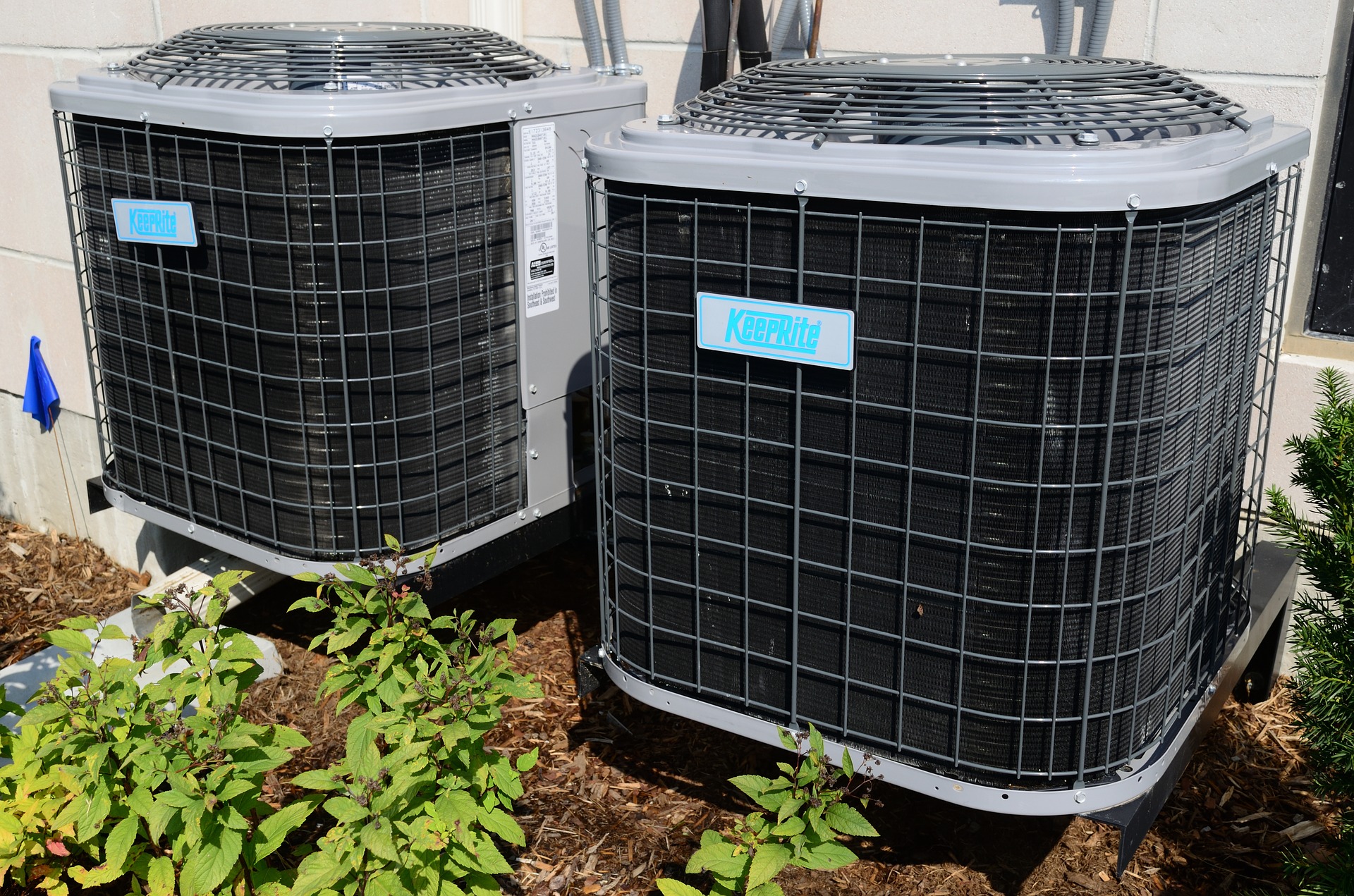Finding an HVAC (heating, ventilation, and air conditioning) system right for your home is a serious business. It is a major investment- not only in terms of its initial cost but in the energy bills you will be paying to run it. You want to find a system that will provide comfortable temperatures, comfortable humidity levels, and quality air in your home. You are investing a good amount into your HVAC system. Make sure it provides comfort, is energy efficient, and fits your budget.
Shopping For HVAC
When looking for a heating and air conditioning system, arm yourself with knowledge before you begin the hunt. Here are some points to consider:
How much power
Many think more power is better. For an HVAC system, this is a mistake. You are looking for something just right. If your unit is not big enough, it could run non-stop (expensive,) and it still wouldn’t be able to cool your home effectively. On the other hand, if the unit is too big, the temperatures will reach the desired level much too quickly before the moisture in the air is drawn out. The unit will continue running short cycles, and your interior air will be cold and humid. Either way, the system will be working overtime, either through long cycles that never reach the desired temperature or through many short cycles that could leave your home feeling like the inside of a cave. This added wear and tear means mechanical breakdowns that could have been avoided.
What Kind of Warranty on my HVAC unit
Look at the manufacturer’s warranty and the contract offered by the installer. A cheaper unit with a poor warranty could cost more. Consider the initial cost, but do not lose sight of the running, maintaining, and repairing it in the coming years. If a known brand costs a bit more, there is a reason it does. Quality is equivalent, and you usually get what you pay for.
Easily Understood Controls
Make sure you purchase a system you feel comfortable operating. Newer thermostats can be intimidating for many of us who may be technologically challenged. Ask questions and ensure you understand the directions and your role in maintaining a system in peak operating condition.
Quiet HVAC System
Don’t even consider purchasing a system that can’t offer quiet comfort.
What is Included?
Added features, like a dehumidifier to limit humidity, a humidifier to eliminate dry air and static, and quality HEPA filters to reduce allergens and dust are all valuable additions to a system.
Serviceable Ductwork
You can have a top notch system, but if your ductwork is leaky, you could lose your comfortable air. Before you have the unit installed, ask for an inspection of your ductwork. Get any holes or cracks are repaired. Failing to do this could lower the efficiency of your unit- up to a whopping twenty percent.
Customized Comfort
An HVAC system that is zoned can save you money and allow you to optimize your comfort. With a zoned system, you control which rooms get the conditioned air. Rooms that are not being used can be shut off. This means a more efficient operation and savings for the homeowner.
Furnace Options
When choosing a furnace, you can go with a single or two stage unit. The single stage is the type of furnace with which most people are familiar. It has on and off settings. It simply maintains the selected temperature by turning on and off. The two stage unit has a low and high setting. The low setting can be used when the weather is more temperate and the furnace doesn’t have to work as hard, saving running costs. When the temperatures drop and the wind blows, a high setting will make the furnace will work a little harder to keep the inside environment comfortable.
Rating Efficiency
SEER stands for Seasonal Energy Efficiency Ratio. It allows the consumer to know how efficient a system is.
The greater the rating, the more efficient the system well keeping
lower operating costs. Generally, older units have lower ratings. Newer AC units require to have a minimal rating of thirteen. A SEER rating can also be impacted by other factors. For example, the amount of insulation in a home, or the condition of the ductwork can raise or lower the rating.
Choosing the right system is a first step. The next step is finding an HVAC contractor known for quality service. A reputable contractor will answer your questions and give you peace of mind. If you find a contractor who cannot answer your questions, walk away. You need someone trustworthy and knowledgeable because an HVAC system is only good if it has been installed properly.…
